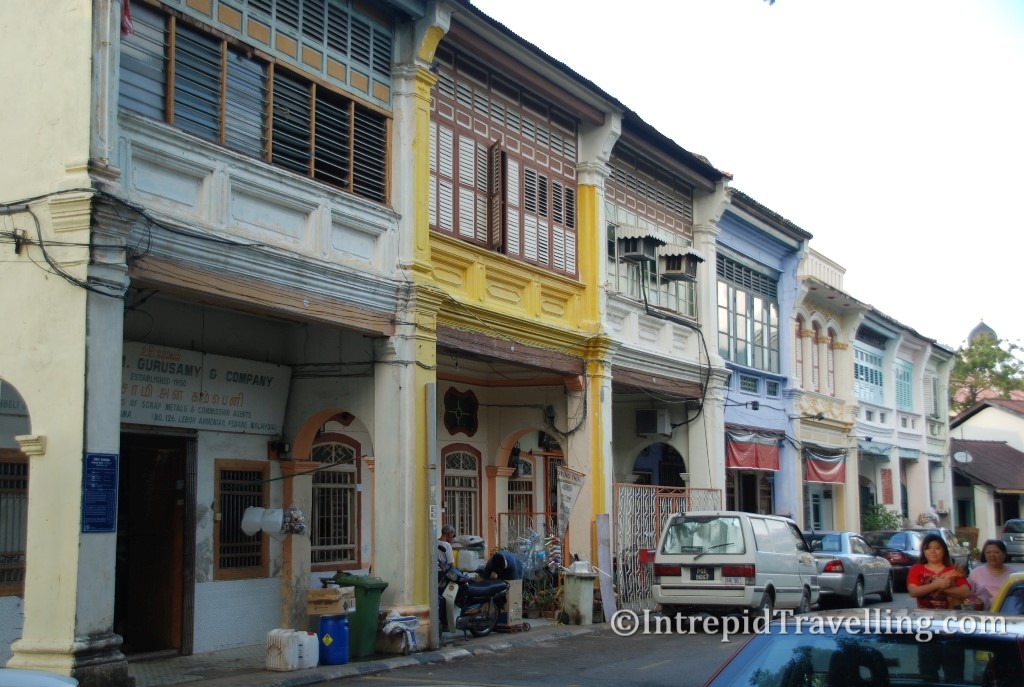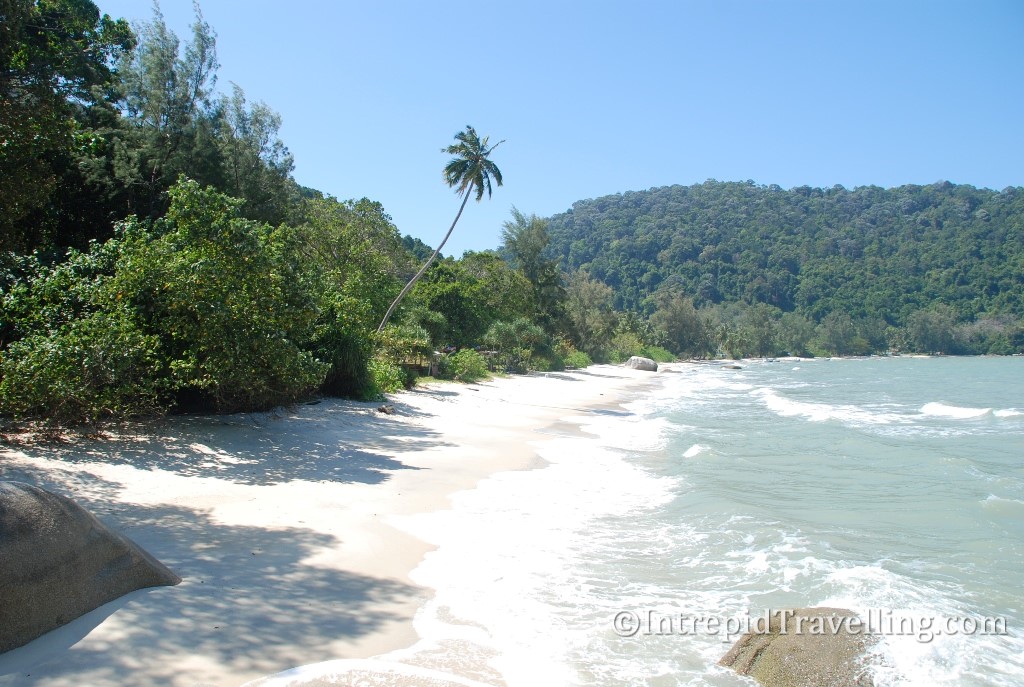After a busy few days in Bangkok, I headed south, straight past the lures of Southern Thailand's beaches (they’d have to wait for a future trip), directly to an island off the northwest coast of Malaysia called Penang. The Portuguese and Dutch had been trading throughout the South East Asian region since the 1600’s, eventually the British wanted to get in on this lucrative business. To achieve this in 1786 the British set up a base on Penang which signaled the arrival of the East India Company.













Georgetown, the city the British founded on Penang, would grow to become an important strategic port town for the trade between the British-controlled India and China. With trade and opportunity came the immigration to Malaysia of many different nationalities, mainly Chinese and Indians, of which their descendants remain today making Malaysia the multi-racial melting pot it is today. The same can be said of Singapore as far as its racial makeup.
In Hat Yai, Thailand's main southern border town, where I changed buses enroute to Penang, I met Elisabeth who was also heading to Penang to renew her visa. I had found a new travel buddy for a few days. On the first day in Penang we made a trip to the top of the 850m high Penang hill via cable cart, via Penang's most impressive temple – Kek Lok Si Temple - complete with a turtle pond. You really got to hand it to religious people, the commitment to the worship of their religious idles and condition of the temples always impresses me.









Even though it was ‘winter’ in SE Asia it still reached 32 degrees, so after lunch at a local Ais Kacang – shaved ice with flavouring topped with cream of corn, milk, beans, jelly and a scoop of ice cream seemed like a good idea. There are some strange ingredients in there, one being the cream of corn and milk which I thought was probably unnecessary; all the same it was pretty good! Elizabeth preferred sugarcane juice with ice, in that heat, if it's cold - it's good.
Eventually we made it to the lookout of Penang Hill; in the distance you can see Georgetown and the Malaysian peninsular opposite which makes up part of the greater Penang region. Georgetown, the main town on Penang, was recently listed as a UNESCO world heritage site in recognition of its historical importance and 19th century colonial architecture. It’s remarkable really, how many places can you visit where there is a mosque, Chinese temple and a church on the same street? Such is the mix of Georgetown's residents due to its trading history.





A couple days into our stay in Penang and Elisabeth developed a nasty eye infection on account of a dirty contact, so bad that she had to spend a few days in the hospital for treatment. So, I went out to the Teluk Bahang National Park for an afternoon’s trek by myself. Incidentally it is the World's Smallest National Park, which figures seeing I hiked across it, along the coast line, to the lighthouse atop the peninsular that overlooks the Melacca Strait (most important shipping lane in the world), in about 90 minutes.
My last day in Georgetown would include a visit to the Penang Museum and a trip to the hospital to visit Elisabeth, as it was looking like she was going to have to spend Christmas in a Malaysian hospital - a long way from her home near Barcelona. Elisabeth if you ever see this, it was great spending time getting to know you, you were great company, especially before your eye got all red and infected! See you again in Spain, at some point, even if you can't see me 🙂



Kuala Lumpur is the capital and largest city in Malaysia with a population of 6.5 million and is a real melting pot with some incredible natural wonders nearby and makes for a dynamic visit. The landmark of Kuala Lumpur is the Petronas Towers.





The Petronas Towers at 451.9m in height were the tallest buildings in the world from 1998 to 2004 and remain the tallest twin towers in the world. I found this was the best attraction in Kuala Lumpur and make sure you arrive early and line up for the limited free tickets to walk across the skybridge.




